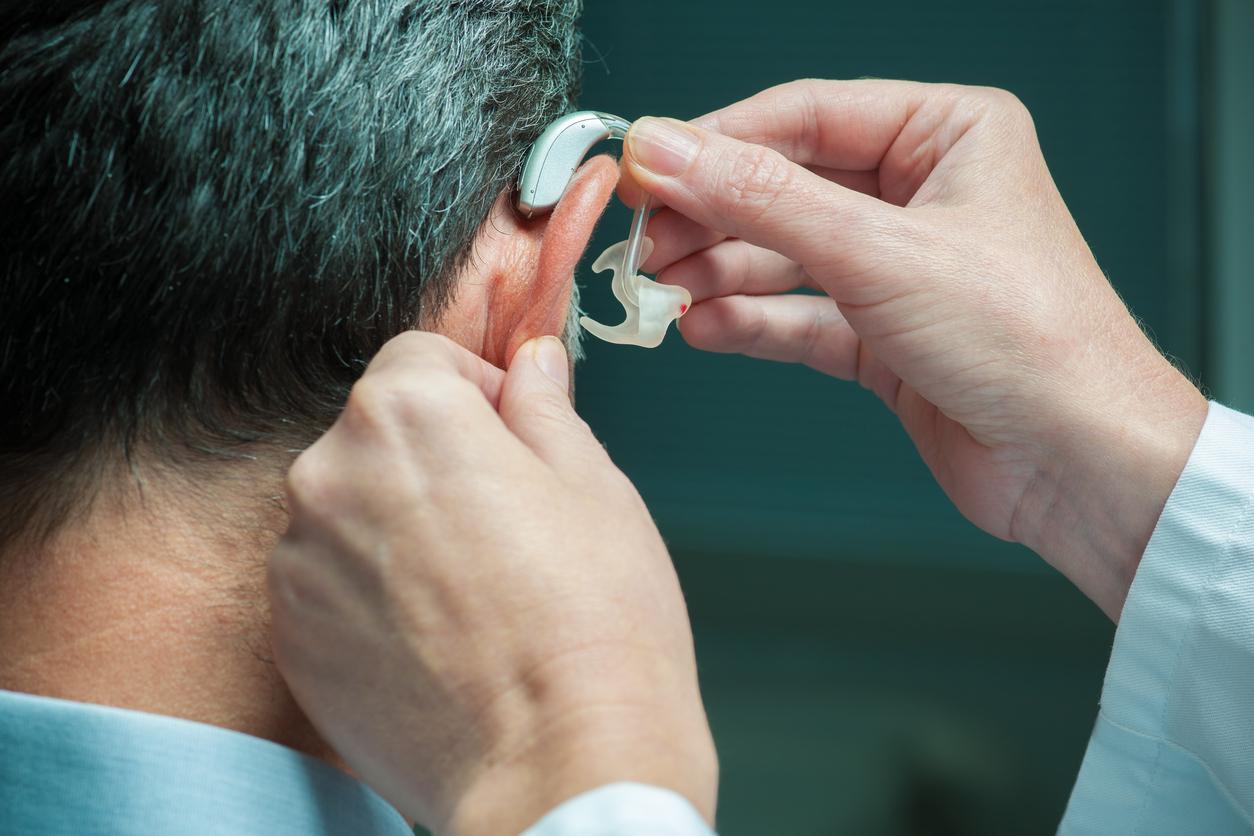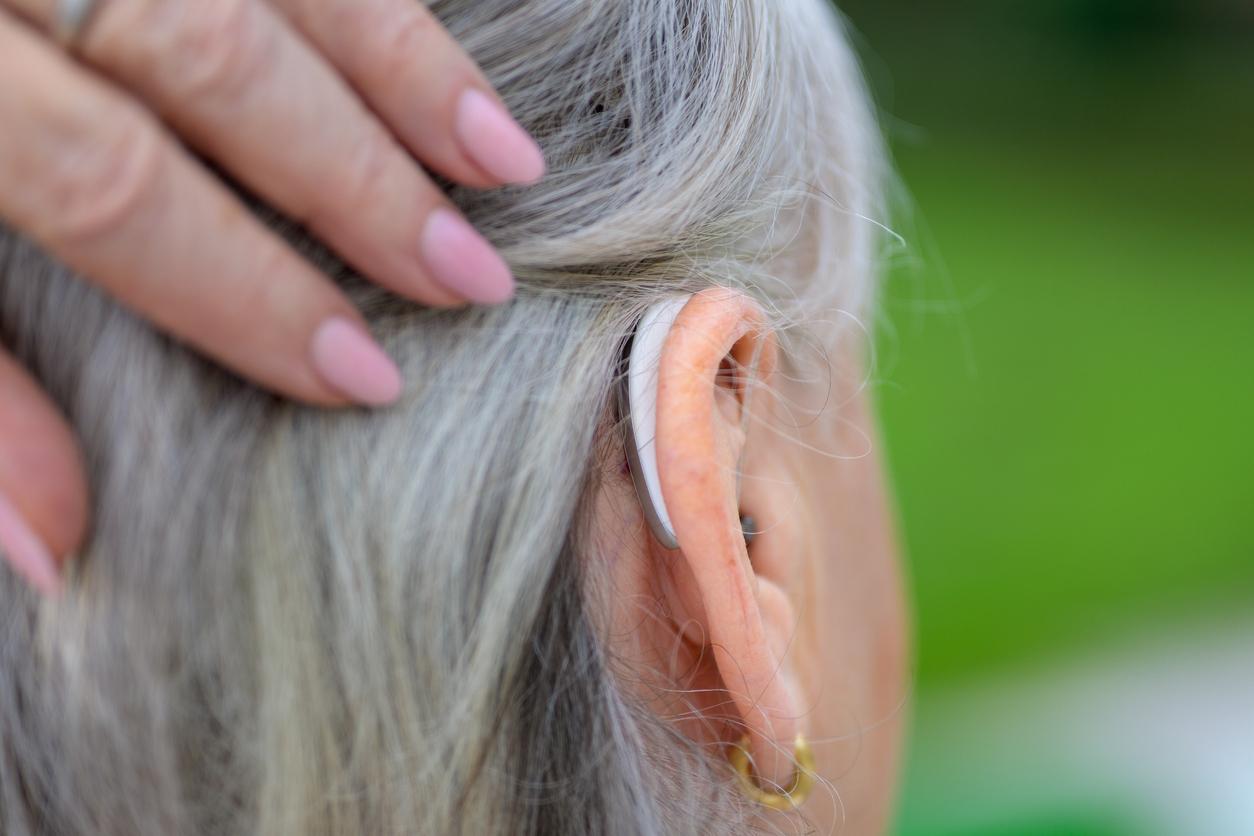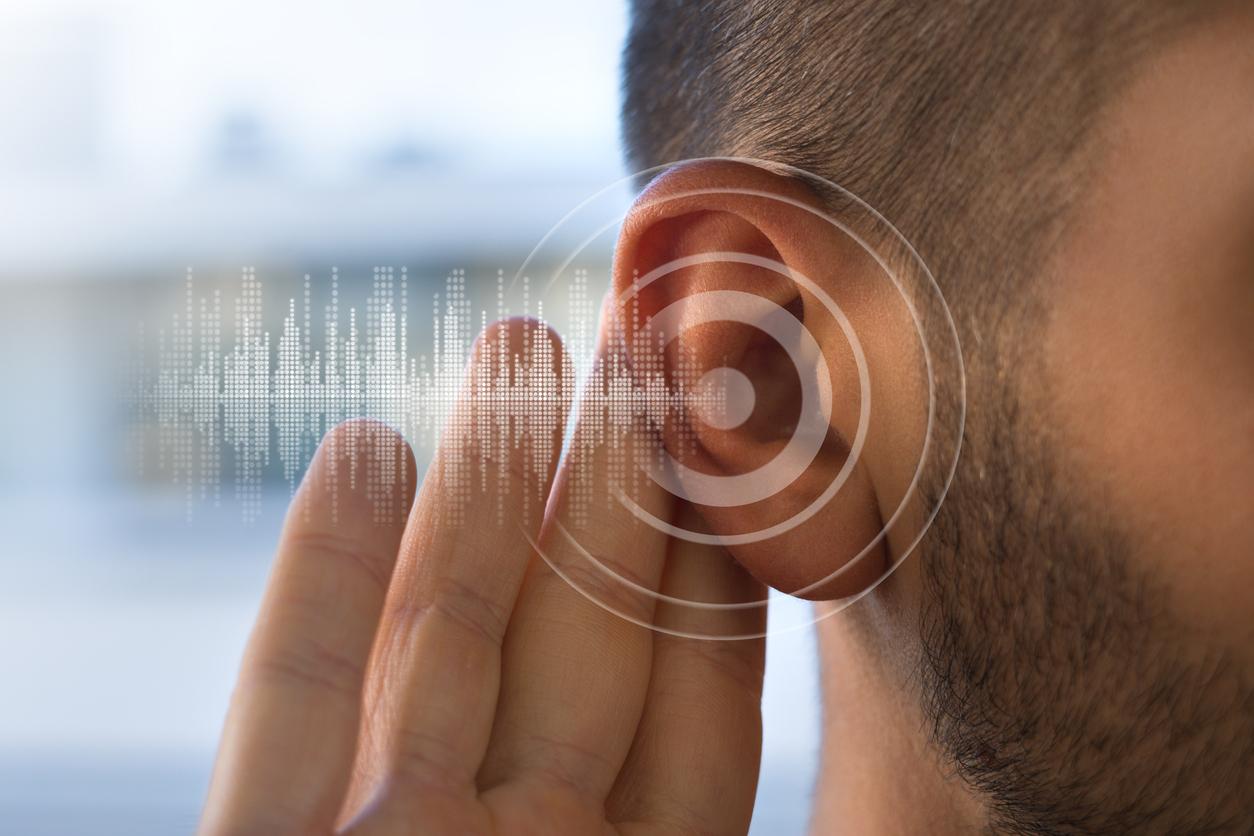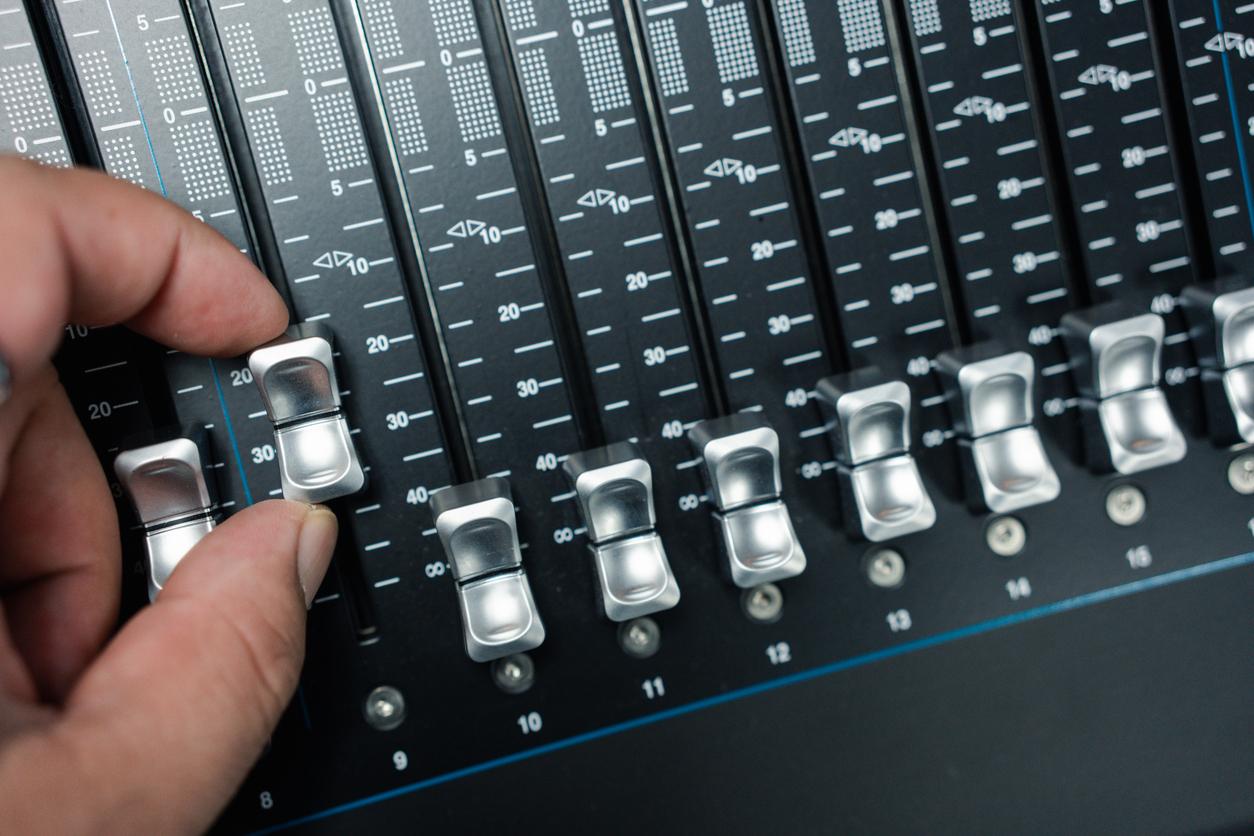Researchers have found that animals are able to retain hearing by regenerating the cells that line the internal auditory system. They managed to reproduce this process and hope to be able to adapt it to humans.
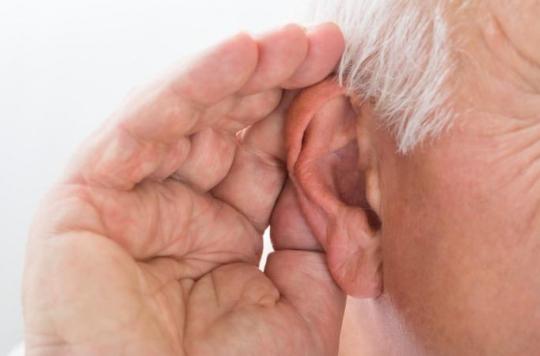
400 million people worldwide suffer from disabling hearing loss according to the world health organization. The main way to treat them today is to wear a hearing aid. American researchers show in a study that it would be possible to regenerate eyelashes in the auditory canal to allow patients to regain their hearing. They publish their results in European Journal of Neuroscience.
The audition process
When a sound enters the ear, it then slides through the ear canal to the eardrum. The latter vibrates and sends these vibrations to the middle ear which amplifies them. The cilia that are in the cochlea, a snail-shaped organ, transform these vibrations into electrical signals, transmitted via nerves to the brain.
In humans, the loss of eyelashes in the auditory canal is irreversible, but some animals can recreate these eyelashes and thus preserve their hearing. Mammals would be the only animals to be incapable of this. The researchers studied receptors at the origin of this process: epidermal growth cells. These receptors solicit support cells, capable of triggering the production of new auditory eyelashes.
A successful test
Scientists have attempted to reproduce this process in mice, which are mammals, like humans. Several experiments have been carried out to reach one of the receptors present in the cochlea and make it possible to recreate this eyelash regeneration system. For the first time, they managed to recreate the cells at the origin of auditory eyelashes, which allowed the manufacture of said eyelashes. For the researchers, these promising results are serious avenues for finding new therapies to treat hearing disorders.










